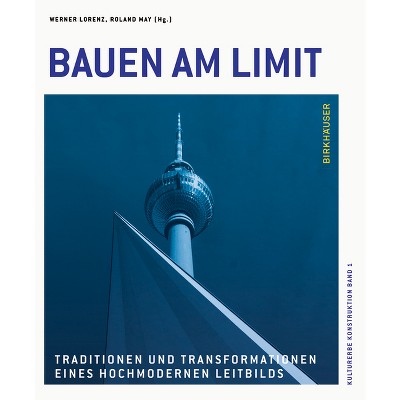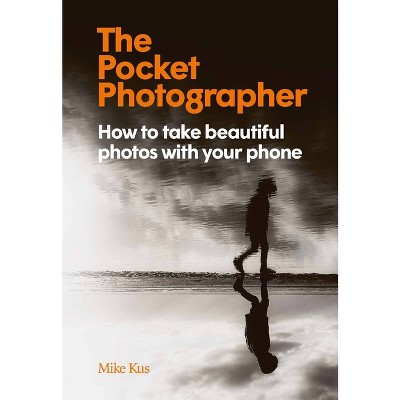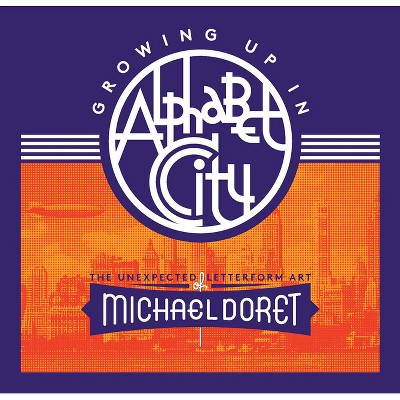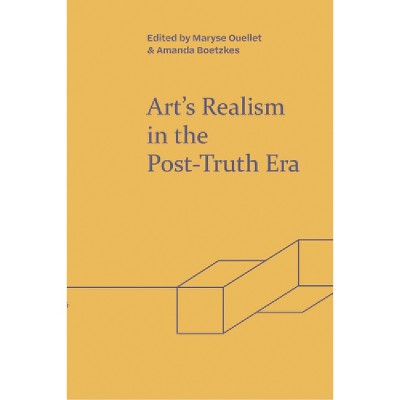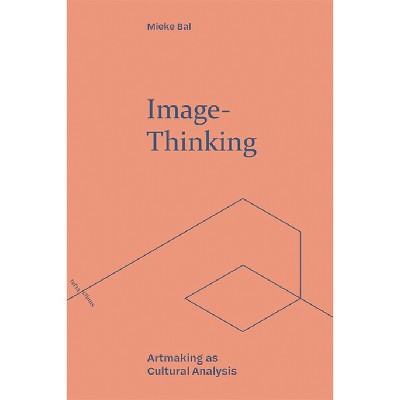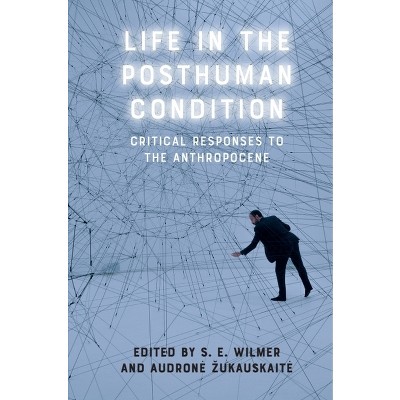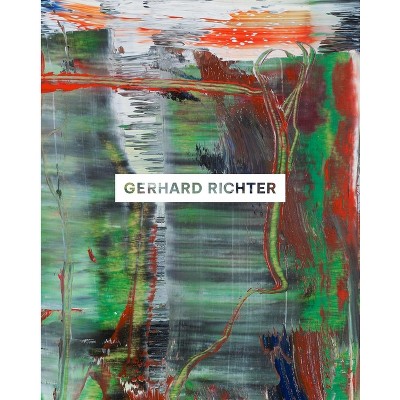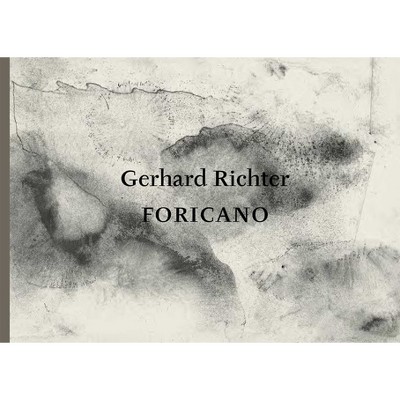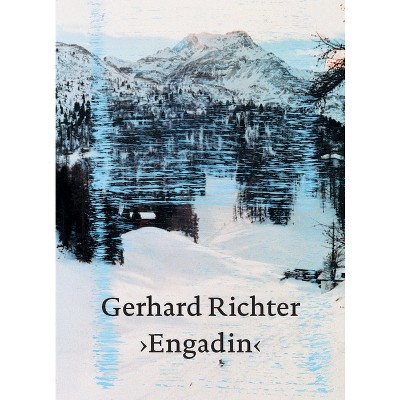Sponsored

Gerhard Richter and the Technological Condition of Painting - (Refractions) by Aline Guillermet (Hardcover)
In Stock
Sponsored
About this item
Highlights
- Aline Guillermet uncovers Gerhard Richter's appropriation of science and technology from 1960 to the present and shows how this has shaped the artist's well-documented engagement with the canon of Western painting.
- About the Author: Aline Guillermet teaches History of Art at the Institute of Continuing Education, University of Cambridge and is a former Fellow of King's College, Cambridge.
- 256 Pages
- Art, History
- Series Name: Refractions
Description
About the Book
Uncovers Gerhard Richter's appropriation of science and technology from 1960 to the present and shows how this has shaped the artist's well-documented engagement with the canon of Western painting.
Book Synopsis
Aline Guillermet uncovers Gerhard Richter's appropriation of science and technology from 1960 to the present and shows how this has shaped the artist's well-documented engagement with the canon of Western painting.
Through a study of Richter's portraits, history paintings, landscapes and ornamental abstractions, Guillermet reveals the artist's role in affirming the technological condition of painting in the second half of the twentieth century: a historical situation in which the medium and its conventions have become shaped, and to some extent transformed, by technological innovations.
From the Back Cover
Studies the impact of science and technology on the painting of Gerhard Richter Aline Guillermet uncovers Richter's appropriation of science and technology from 1960 to the present and shows how this has shaped the artist's well-documented engagement with the canon of Western painting. Through a study of Richter's portraits, history paintings, landscapes and ornamental abstractions, Guillermet reveals the artist's role in affirming the technological condition of painting in the second half of the twentieth century: a historical situation in which the medium and its conventions have become shaped, and to some extent transformed, by technological innovations. Aline Guillermet teaches History of Art at the Institute of Continuing Education, University of Cambridge and is a former Fellow of King's College, Cambridge.Review Quotes
The most important painter of our times is rediscovered anew in this remarkable study: from chronophotography to electron microscopy, Guillermet reveals how Gerhard Richter's lifelong engagement with techniques of visualisation has shaped his practice as a painter, bringing together art and science, and opening up new perspectives.--Jason Gaiger, The Ruskin School of Art, The University of Oxford
About the Author
Aline Guillermet teaches History of Art at the Institute of Continuing Education, University of Cambridge and is a former Fellow of King's College, Cambridge. Her research focuses on the impact of science and technology on artistic practices since the 1960s. She is the author of several journal articles including in Representations, Media Theory and Art History.
